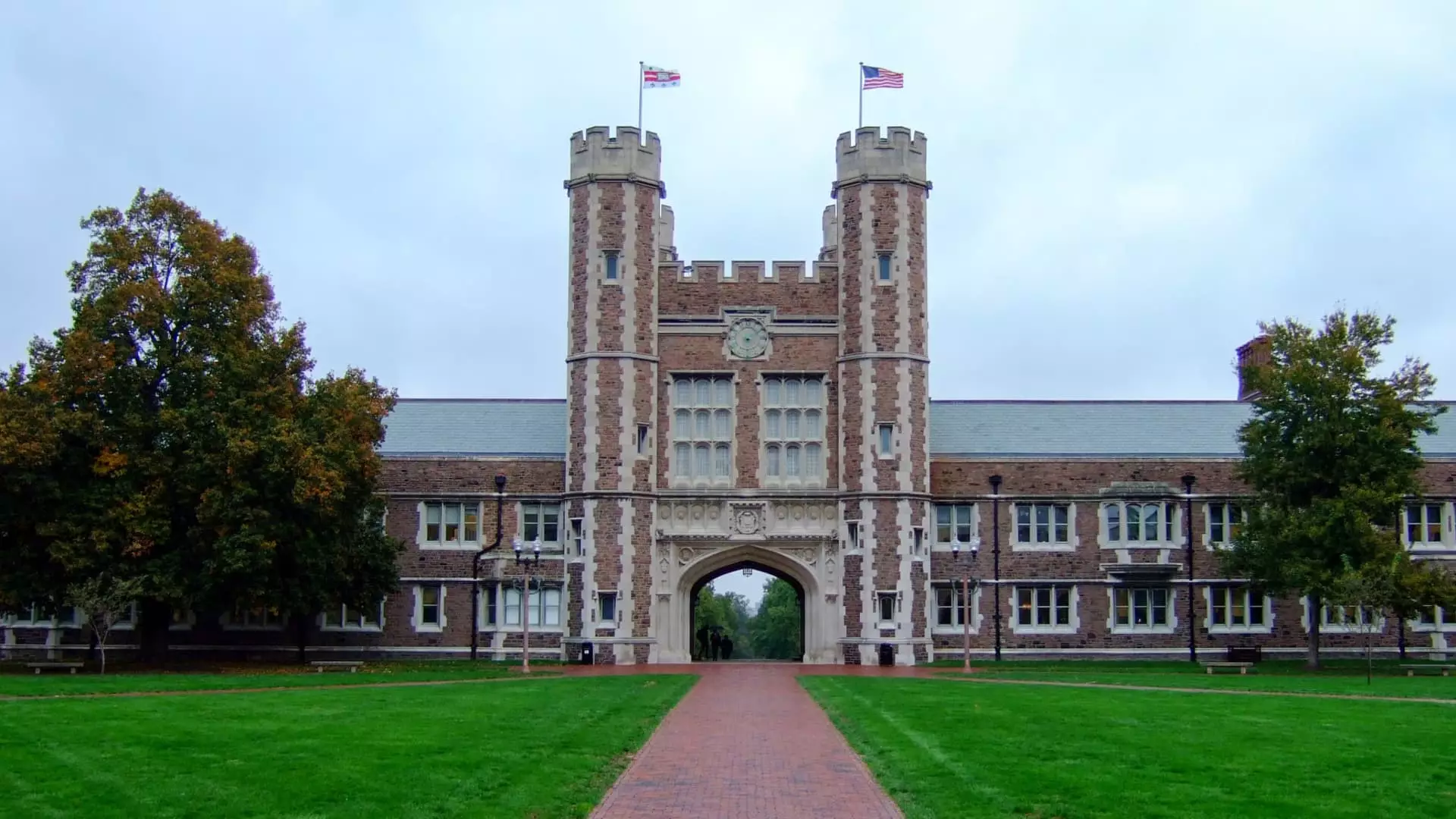The cost of attending college continues to rise, with some schools now reaching nearly six figures per year when factoring in all expenses. According to data provided to CNBC for the 2024-25 academic year, several prestigious universities such as New York University, Tufts, Brown, Yale, and Washington University in St. Louis have sticker prices exceeding $90,000. With annual tuition adjustments averaging around 4%, these institutions, along with others, could breach the $100,000 mark as early as 2026, as estimated by a senior scholar at Georgetown University. This sharp increase in costs can be a significant deterrent for students, especially those from low- and moderate-income families, making college seem unattainable despite the availability of grant aid.
A significant contributing factor to the soaring cost of college attendance is the substantial reduction in state funding for higher education, leading to significant tuition hikes and shifting more financial responsibility onto students. The Center on Budget and Policy Priorities, a nonpartisan research group based in Washington, D.C., has highlighted this troubling trend, which has made college affordability a growing concern. While prestigious universities with exorbitant price tags garner attention, they represent only a fraction of the higher education landscape, with the majority being community colleges or state universities where costs are comparatively lower.
Though the cost of college continues to rise, most students and families do not pay the full sticker price out of pocket. Sallie Mae’s annual report on How America Pays for College reveals that the average amount families spent on education costs in the 2023-24 academic year was $28,409. Parental income, savings, scholarships, grants, and student loans collectively contribute to covering college expenses. While the U.S. Department of Education offers substantial financial aid to students annually, including federal grants and loans, navigating the financial aid process can be challenging, with the Free Application for Federal Student Aid (FAFSA) serving as a critical gateway to accessing federal funds. However, issues with the FAFSA application process have deterred many students from applying, leading to a decline in financial aid submissions and college attendance rates.
The rising cost of college tuition remains a top concern for families, with the daunting sticker prices causing apprehension about the feasibility of pursuing higher education. Despite these challenges, there are schools that are committed to meeting the demonstrated financial need of students and families. Private institutions, in particular, tend to have more resources available to offer substantial financial aid packages to students in need. While the cost of college attendance continues to climb, the availability of financial assistance through scholarships, grants, and loans, both from the government and private sources, provides opportunities for students to overcome financial barriers and pursue their educational goals. Despite the prevailing narrative of escalating costs, there are institutions dedicated to making higher education accessible and affordable for all.

